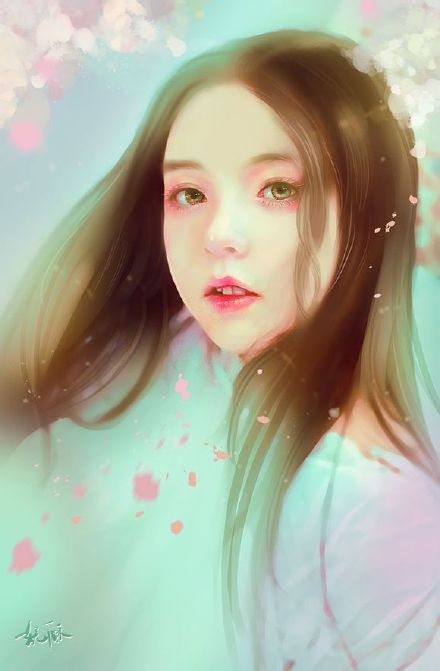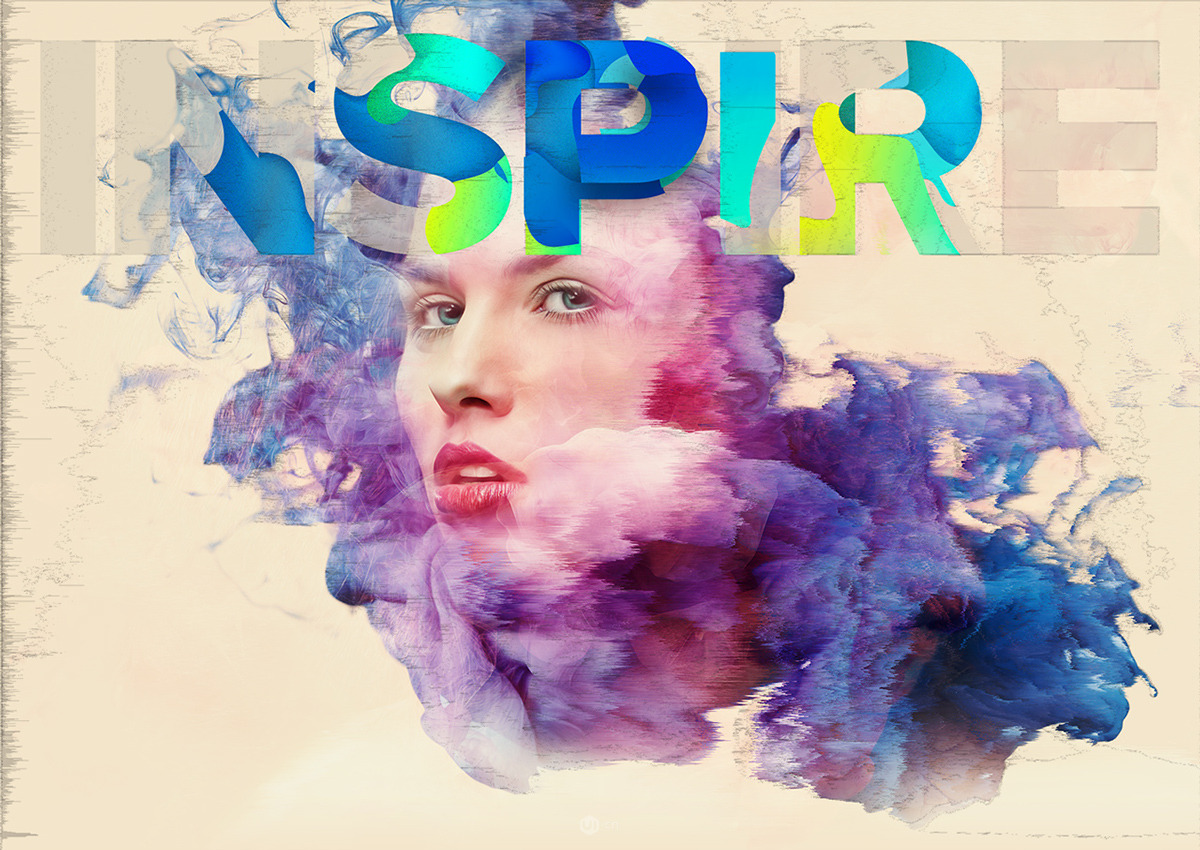10 recommended courses on Photoshop filters
In the previous article, we explained to add term resources to the filter, so that our filter can be perceived and described by the PS's scripting system, which is friendly to support the PS's "action" panel. In this article, we will further refine the previous DEMO, such as adding a small thumbnail for real-time preview on the parameter dialog box. The introduction of the dialog box is mainly to give users an opportunity and interface to set or adjust the image processing algorithm used by the filter. Usually as a measure of UI friendliness, a preview should be provided on the dialog box, so that the impact of the parameters on the results can be intuitively fed back to the user and guide them to adjust the parameters. Instead of requiring users to repeatedly execute filter commands to see the effect and then adjust parameters. Previously I thought
1. How to write a Photoshop filter--add a thumbnail to the dialog box

Introduction: In the previous article, we explained adding terminology resources to filters so that our filters can be perceived and described by PS's scripting system, which is friendly Supports PS's "Action" panel. In this article, we will further refine the previous DEMO, such as adding a small thumbnail for real-time preview on the parameter dialog box. The introduction of the dialog box is mainly to give users an opportunity and interface to set or adjust the image processing algorithm used by the filter. Usually as a measure of UI friendliness, a preview should be provided on the dialog box, so that the impact of the parameters on the results can be intuitively fed back to the user and guide them to adjust the parameters. Instead of requiring the user to repeatedly execute the filter command to see the effect and then adjust the parameters
2. How to write a Photoshop filter (2)

Introduction: In the previous article, we explained how to create a Photoshop filter project and how to add it to the filter. Embedding PIPL resources allows filters to be recognized and loaded by PS. And we have established the simplest and most basic filter framework. In this article, we will refine the calling process between filters and PS. We will introduce a dialog box resource for filters so that users can configure custom parameters for filters. And we will see the difference in the process when the user initiates a filter call from different menu positions, and then we will also introduce the read and write support of the PS script description system for our filter parameters, and store our parameters in the PS script system , and read these parameters in subsequent calls.
3. How to write a Photoshop filter (1)

##Introduction: A long time ago I wrote an article that briefly described the basic concepts of filter development in Photoshop, described the collaborative relationship between filters and PS, and also provided a raindrop effect filter. Mirror Demo. But the source code is missing. And we're going to ask, how do we program a Photoshop filter from scratch? How do we build the simplest basic framework of the PS filter plug-in, and then continue to add the functions we want on this basis? Here, I will answer a question posed to me by a netizen as an example, starting from the most basic construction project. This example (also the problem of this netizen) is that he wants to make the simplest filter, which is to just fill the image with "red". For PS users
4. How to write a Photoshop filter-- Scripting Plug-ins

Introduction: In the first article, we established a basic filter framework without UI, and introduced PIPL resources so that they can be loaded into the menu by PS. In the second article, we introduced filter parameters and corresponding dialog box resources, and explained the display timing of the dialog box in the filter calling process. In this article, we will make the filter support action recording and playback, that is, by adding a "term resource", our filter parameters will be known to the PS scripting system (scripting-aware), and can be recorded and played back.
5. Summary of the algorithm for Photoshop Gaussian blur filter

## Introduction: Recently, I am impressed by the research on Gaussian blur filter by some netizens, and I will summarize it as follows. Gaussian blur is a kind of digital image template processing method. Its template is calculated based on a two-dimensional normal distribution (Gaussian distribution) function.
6. Introduction to Photoshop filter development--Photoshop callback function

Introduction: In the previous article, we introduced some of the most basic concepts and foundations for developing Photoshop filter plug-ins. Ps In order to meet the application needs of the plug-in, it also provides a large number of callback functions (or services) for the plug-in. For example, a filter can save the parameters set by the latest user after a call and apply them to the next call or display of the UI. This is done through the callback function of Ps. In this article we will explain some of the most important PS callback functions. After understanding this article, we will be able to use callback functions to complete the necessary work such as storing our filter parameters. This article will be much more complex and in-depth than the first one, but at the same time, from this article we can also get a glimpse of the internal secrets of PS: careful system design, perfect interface and
7. Photoshop filter selection skills

Introduction: Photoshop filters mainly include Five functions: optimizing printing images, optimizing WEB images, improving work efficiency, providing creative filters and creating three-dimensional effects. The emergence of filters has greatly enhanced the functionality of Photoshop. With filters, we can easily create very professional artistic effects. But there are many types of Photoshop filters. How do we choose practical Photoshop filters?

9.
Eye Candy Filter Alien Skin Eye Candy 7 Cracked Version

10.
Photoshop Filter Set Topaz Plug-In Bundle 2013 Cracked Version

[Related Q&A recommendations]:
The above is the detailed content of 10 recommended courses on Photoshop filters. For more information, please follow other related articles on the PHP Chinese website!

Hot AI Tools

Undresser.AI Undress
AI-powered app for creating realistic nude photos

AI Clothes Remover
Online AI tool for removing clothes from photos.

Undress AI Tool
Undress images for free

Clothoff.io
AI clothes remover

Video Face Swap
Swap faces in any video effortlessly with our completely free AI face swap tool!

Hot Article

Hot Tools

Notepad++7.3.1
Easy-to-use and free code editor

SublimeText3 Chinese version
Chinese version, very easy to use

Zend Studio 13.0.1
Powerful PHP integrated development environment

Dreamweaver CS6
Visual web development tools

SublimeText3 Mac version
God-level code editing software (SublimeText3)

Hot Topics
 1677
1677
 14
14
 1430
1430
 52
52
 1333
1333
 25
25
 1278
1278
 29
29
 1257
1257
 24
24
 Advanced Photoshop Tutorial: Master Retouching & Compositing
Apr 17, 2025 am 12:10 AM
Advanced Photoshop Tutorial: Master Retouching & Compositing
Apr 17, 2025 am 12:10 AM
Photoshop's advanced photo editing and synthesis technologies include: 1. Use layers, masks and adjustment layers for basic operations; 2. Use image pixel values to achieve photo editing effects; 3. Use multiple layers and masks for complex synthesis; 4. Use "liquefaction" tools to adjust facial features; 5. Use "frequency separation" technology to perform delicate photo editing, these technologies can improve image processing level and achieve professional-level effects.
 Photoshop's Key Features: A Deep Dive
Apr 19, 2025 am 12:08 AM
Photoshop's Key Features: A Deep Dive
Apr 19, 2025 am 12:08 AM
Key features of Photoshop include layers and masks, adjustment tools, filters and effects. 1. Layers and masks allow independent editing of image parts. 2. Adjust tools such as brightness/contrast can modify image tone and brightness. 3. Filters and effects can quickly add visual effects. Mastering these features can help creative professionals achieve their creative vision.
 Using Photoshop: Creative Possibilities and Practical Uses
Apr 22, 2025 am 12:09 AM
Using Photoshop: Creative Possibilities and Practical Uses
Apr 22, 2025 am 12:09 AM
Photoshop is very practical and creative in practical applications. 1) It provides basic editing, repairing and synthesis functions, suitable for beginners and professionals. 2) Advanced features such as content recognition fill and layer style can improve image effects. 3) Mastering shortcut keys and optimizing layer structure can improve work efficiency.
 Photoshop and Digital Art: Painting, Illustration, and Compositing
Apr 18, 2025 am 12:01 AM
Photoshop and Digital Art: Painting, Illustration, and Compositing
Apr 18, 2025 am 12:01 AM
Photoshop's applications in digital art include painting, illustration and image synthesis. 1) Painting: Using brushes, pencils and mixing tools, the artist can create realistic effects. 2) Illustration: With vector and shape tools, artists can accurately draw complex graphics and add effects. 3) Synthesis: Using mask and layer blending mode, artists can seamlessly blend different image elements.
 Using Photoshop for Graphic Design: Branding and More
Apr 16, 2025 am 12:02 AM
Using Photoshop for Graphic Design: Branding and More
Apr 16, 2025 am 12:02 AM
The steps to using Photoshop for brand design include: 1. Use the Pen tool to draw basic shapes, 2. Add shadows and highlights through layer styles, 3. Adjust colors and details, 4. Use smart objects and actions to automatically generate different versions of the design. Photoshop helps designers create and optimize brand elements with the flexibility of layers and masks, ensuring consistency and professionalism of designs, from simple logos to complex branding guides.
 Photoshop for Photographers: Enhancing and Retouching Images
Apr 25, 2025 am 12:01 AM
Photoshop for Photographers: Enhancing and Retouching Images
Apr 25, 2025 am 12:01 AM
Enhance and retouching photos in Photoshop can be achieved by adjusting brightness and contrast, using the Repair Brush Tool. 1) Adjust brightness and contrast: Increase brightness and contrast to improve underexposed photos through the Image->Adjustments->Brightness/Contrast menu. 2) Use the Repair Brush Tool: Select HealingBrushTool in the toolbar and apply to remove miscellaneous points or scars in the image.
 What Photoshop Does Best: Common Tasks and Projects
Apr 23, 2025 am 12:06 AM
What Photoshop Does Best: Common Tasks and Projects
Apr 23, 2025 am 12:06 AM
Photoshop is specialized in image editing, layering and masking, digital painting and a variety of design applications. 1) Image editing and repair: remove defects and adjust color and brightness. 2) Layers and masks: non-destructive editing and creation. 3) Digital paintings and illustrations: create art works. 4) Practical applications: graphic design, web design and digital art creation.
 Photoshop: A Versatile Tool for Image Manipulation
Apr 27, 2025 am 12:13 AM
Photoshop: A Versatile Tool for Image Manipulation
Apr 27, 2025 am 12:13 AM
Photoshop is so powerful in the field of image processing because of its versatility and intuitive operating interface. 1) It can handle various tasks from basic adjustment to complex synthesis, such as adjusting brightness and contrast. 2) Working based on layers and masks allows non-destructive editing. 3) Examples of usage include adjusting color balance and creating layer masks. 4) Common errors such as excessive editing can be avoided through the History panel. 5) Performance optimization suggestions include the use of smart objects and shortcut keys.




